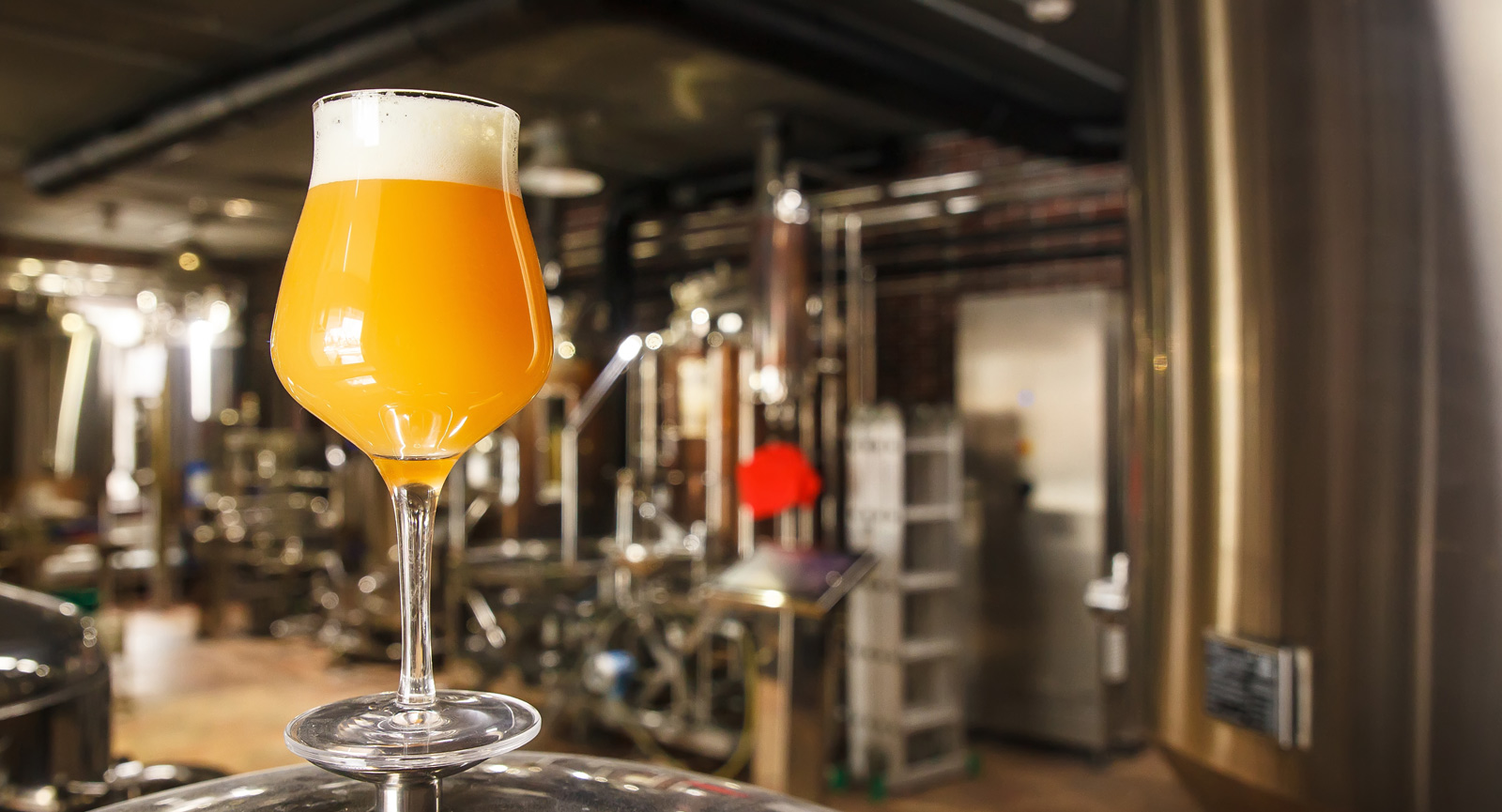
IPAs still dominate the craft beer category—capturing between 40% and nearly 50% of segment sales, depending on how it’s measured. With consumer habits shifting and pricing pressure mounting, brewers must rethink how they compete.
The India Pale Ale has been one of the most influential modern beer trends. While some beer styles see temporary sparks in popularity or enjoy a short period of revival, the IPA has shown over the last three decades to be the king of craft beer Depending on the source, IPAs now represent between 40% and 50% of craft beer sales in the U.S.:
- 49.4% of off-premise craft-style dollar sales (Circana, 2024)
- Over 40% of volume brewed in the category (Brewers Association est)
Through many evolutions, this style has transformed and adapted to meet customer needs. The modern age of the IPA has been affected by rising costs, shifting formats, and changing consumer behaviors that are forcing brewers to rethink their strategies. Here's what to expect next—and how to stay competitive.
A Quick Historical Pour
The IPA originated with brewers in Burton-on-Trent, like Allsopp, who crafted strong, heavily hopped beers to endure long voyages to India. Though initially popular in the UK, the style lay dormant for years before reemerging in America via Ballantine IPA. Its modern revival began with Fritz Maytag’s Anchor Brewing Liberty Ale in 1975, which introduced Cascade hops—bringing floral and grapefruit notes that became hallmarks of early IPAs. In the early 1990s, IPAs gained momentum, steering craft beer away from amber ales and wheat beers toward hop-forward styles.
This evolution led to diverse trends: bitter West Coast IPAs, boozy Double IPAs, and aromatic, low-bitterness Hazy/New England IPAs. The Beer Judge Certification program has increased their recognized IPA styles from a single category in 1999 to 5 distinct categories with one of those being Specialty IPA with 7 sub categories in 2021. This diversity of IPAs gives consumers many options and shows how much the category has evolved in the last quarter century.
Today’s IPA Landscape: Maturing, Not Slowing
Recent years show clear signs of category maturity:
- Consumers are opting for value and convenience, favoring 12-packs and 19.2 oz cans over 4-pack pints.
- Growth in the category has been driven at the ends of the alcohol spectrum with both high alcohol Imperial and non-alcoholic IPAs being key areas of innovation for brewers.
- Off-premise channels continue to grow, while on-premise draft sales lag behind.
- Drinkers are less experimental and more brand loyal than a decade ago.
This marks a shift from the “discovery” phase of IPA culture to a more institutional phase—where trust, consistency, and pricing outweigh novelty.
Ways Brewers Can Future-Proof Their IPAs
Build Brands, Not Just Beers
Flagship IPAs that offer consistent flavor and reliable availability will win. When they do, line extensions off of that well known brand signal to customers as something new while still having the same high quality that the flagship brand is known for.
A great example of this is New Belgium’s Voodoo Ranger who built a dedicated fanbase and has now been able to spin off a whole line of beers such as their Imperial IPA and Juice Force that dominate off-premise sales. Similar successes have been seen with beers like Sierra Nevada’s Hazy Little Thing, Bell’s Two Hearted, Firestone Walker’s Mind Haze, and Founder’s All Day.
Optimize Operations to Lower Costs
In tighter economies, being able to keep down the price of your IPA without sacrificing quality is going to be key to keeping customers that may be sensitive to price increases.
Focusing on making a more sustainable IPA is going to be key to doing this. Some examples of areas to focus on are:
- Reducing dry hop waste such as lost beer volumes or reducing pellet loads by using hop extracts
- Improving tank turnover rates
- Extending shelf life
This backend optimization strategy can help brewers compete in a cost-sensitive environment.
Diversify Hop Strategies
Dependency on single hop varieties can expose brewers to price swings, shortages, and year to year variability. This can be avoided by using blends or hop profiles that allow for flexibility in sourcing and recipe resilience. Hop extracts can also help reduce variability and losses while preserving consistent aroma.
Package for Value and Reach
Focus on formats that resonate such as 12-packs, single-serve tallboys, and multi-style mix packs. These packaging formats meet drinkers at the intersection of value and convenience in an environment that is increasingly focused on off premise consumption.
The Big Picture: IPA as a Commodity
As the IPA becomes less of an “occasion” and more of a staple, the playbook shifts. It's no longer just about hop intensity or obscure yeast strains—it's about:
- Brand trust
- Cost control
- Smart sourcing
- Operational repeatability
The winners will look less like mad-scientist brewers and more like brewing engineers and marketers who understand both the production floor and the grocery shelf.
Final Sip
The IPA isn’t dying—it’s evolving into something more stable, more strategic, and arguably more scalable. The brewers who adjust to this new landscape will be the ones filling shelves, tap handles, and coolers for years to come.
Need help developing a cost-efficient, scalable IPA strategy? Let’s collaborate
More Efficient New Product Development
Hop extracts from Kalsec can help reduce time to market & make more efficient use of limited resources when developing new beer recipes
Read More